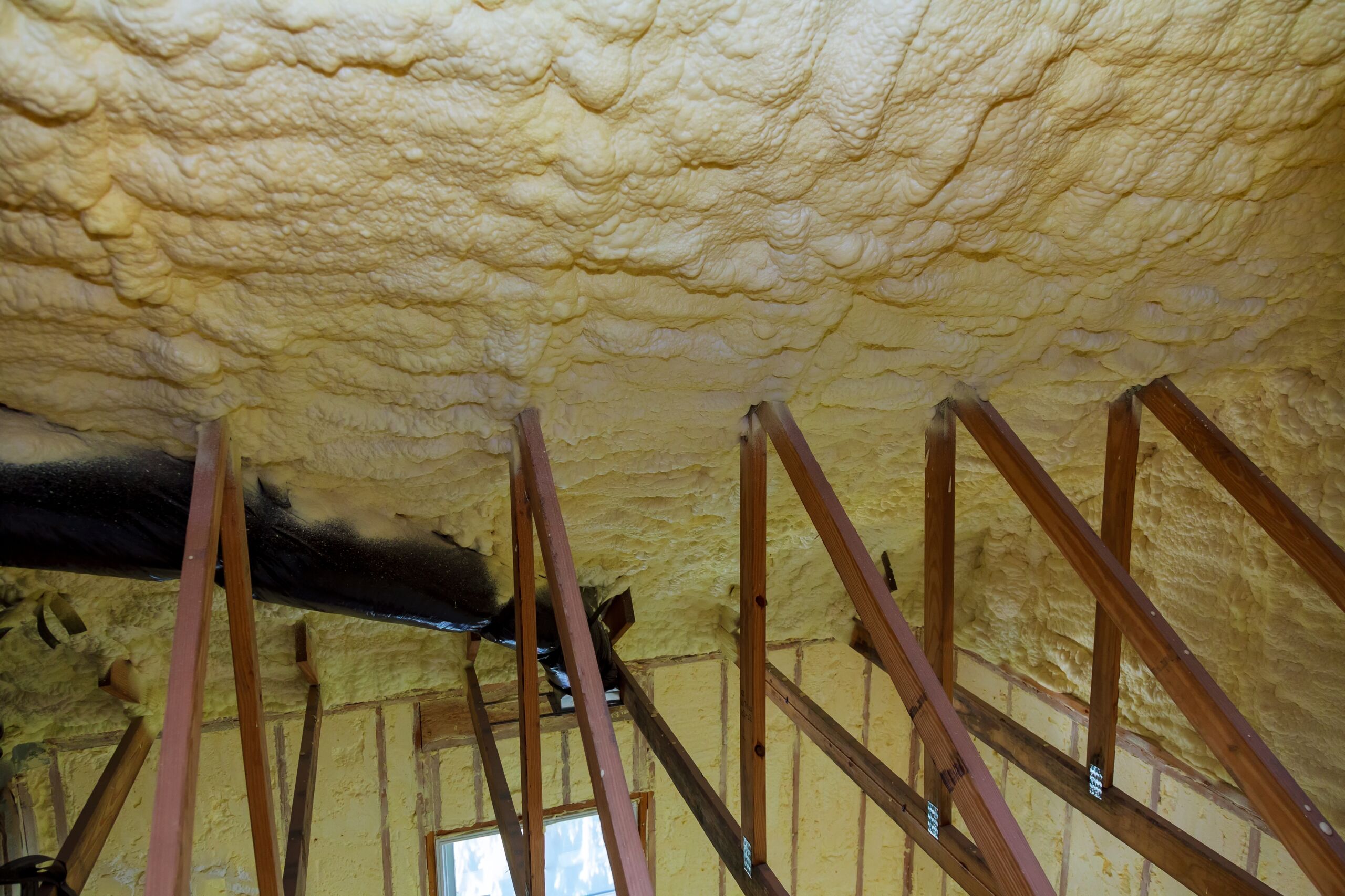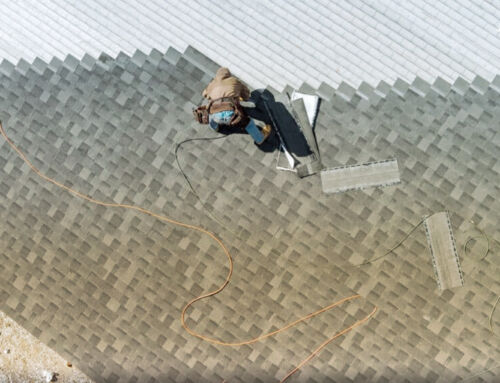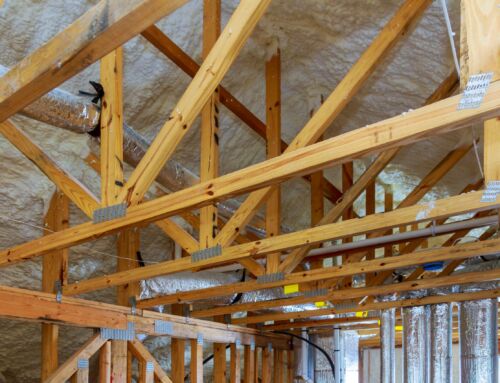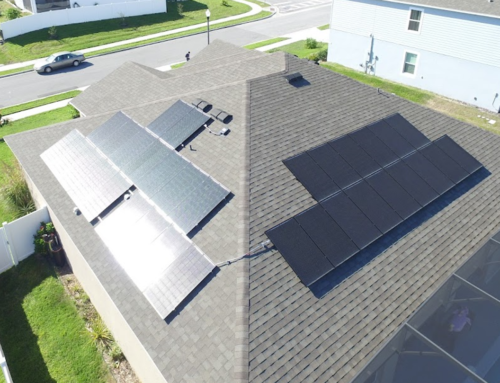Installing spray foam insulation improves home efficiency and drastically saves you money. But with so many types of insulation available, how do you know when spray foam is the right choice?
There are several examples of why spray foam clearly excels compared to traditional fiberglass or blown-in insulation.
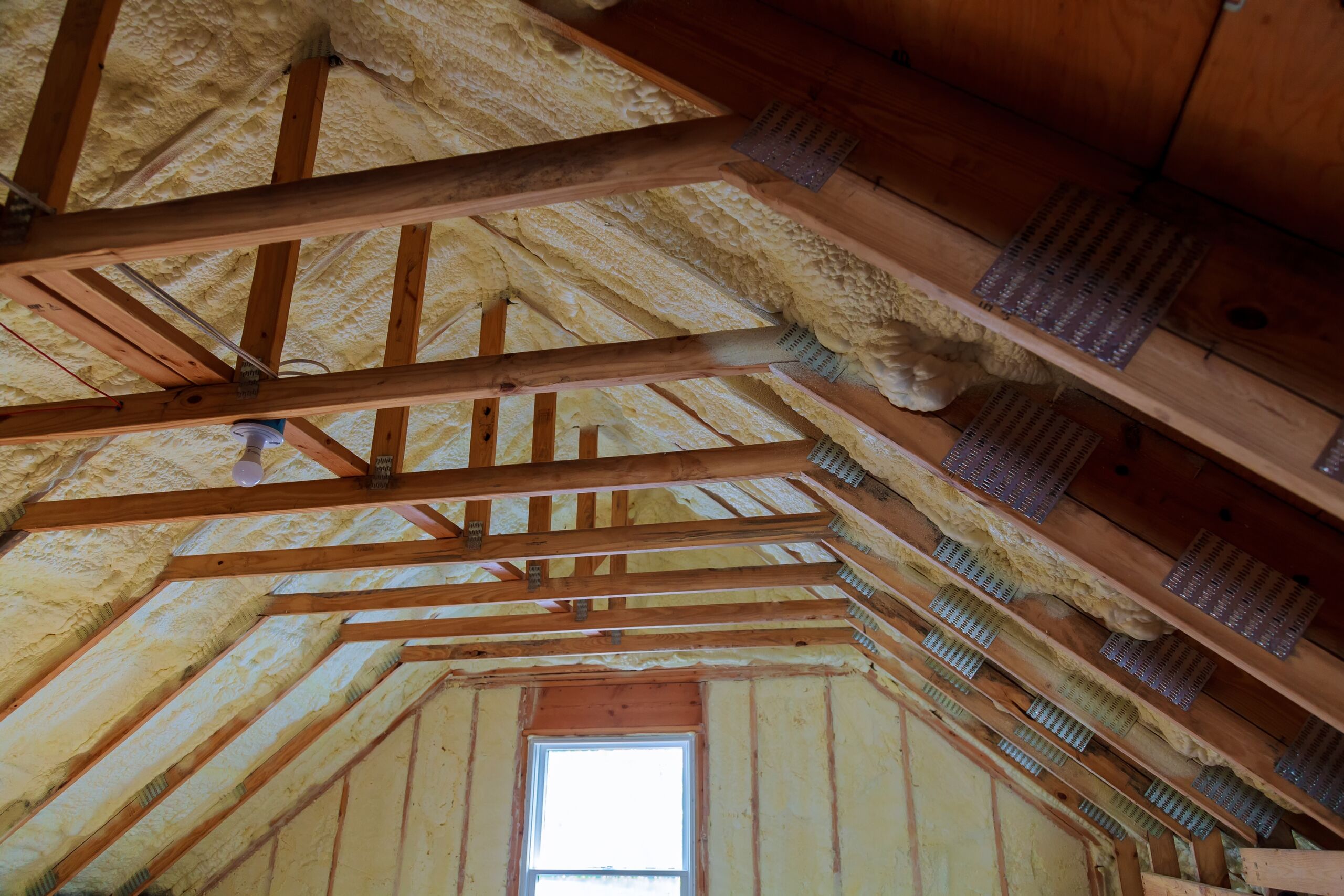
Spray foam works incredibly well for exterior walls. Fiberglass insulation can sag or move over time, creating gaps that reduce insulation value. And blown-in insulation doesn’t adhere firmly to vertical wall cavities. Spray foam adheres tightly to wall framing and seals small cracks.
This results in consistent insulation and air sealing. Next, spray foam shines in spaces with obstructions. Attics often have wiring, ductwork, and framing in the way. These get in the way of standard insulation.
The seamlessness of spray foam allows insulating right over obstructions. Irregularly shaped areas and odd angles can also be insulated fully.
For new construction and additions, spray foam is ideal to meet strict codes. It adheres tightly around unconventional designs and shaped framing. Continuous insulation helps meet rigorous energy standards. Combining insulation and air barrier in one application saves time and cost.
Spray foam also suits homes in very cold or hot climates. The superior insulation outperforms fiberglass in extreme temps. Consistent foam insulation prevents cold spots. This helps in frigid regions like the northern U.S., Canada, and Alaska. Excellent air sealing also keeps hot humid air out of southern homes.
In coastal regions, spray foam resists moisture well. It adds protection against flooding and excess humidity. Foam won’t absorb water or grow mold like fiberglass. This durability provides insulation value and structure stability.
Homes with HVAC equipment, ducts, and pipes in unconditioned attics and crawl spaces benefit from spray foam too. It insulates around equipment better than fiberglass or blown insulation. Pipes and ducts get an added layer of insulation. This increases efficiency and prevents freezing.

In summary, spray foam is always more effective for your attic. If you have fiberglass or blown-in foam, you could be saving 20-40% on your electric bill. Spray foam is just that effective.
To find out how spray foam can save you tons of money by improving the energy efficiency of your home, schedule your free Home Efficiency Assessment.
